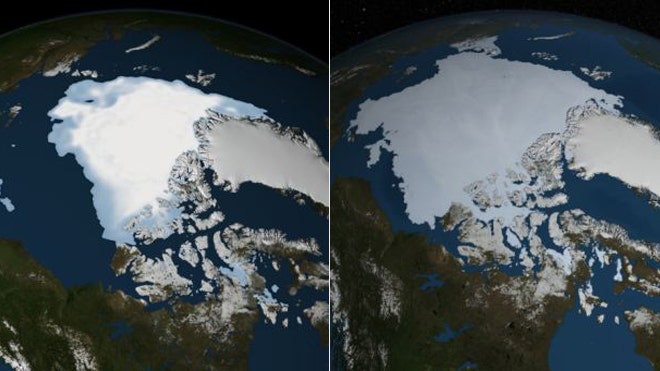NOBODY IS GOING to see New Horizons fly through the Pluto system. At least, not in real time. But thanks to the power of planetary physics you can watch the space probe pass by on your computer right now. NASA’s awesome visualization team has loaded the flight plan into their Eyes On The Solar System app.
The video above shows 8 hours of the flyby, speeding by at 10 minutes per second. The inset window shows what New Horizons’ suite of instruments see (and which instruments are currently active). And those images are updated as new data comes in.
“That is the best map of Pluto, and if they release another one tonight we’ll update it immediately,” says Doug Ellison, a NASA visualization producer. Like the rest of us, he’s really anticipating that new imagery. “It will be nice to put a map on Charon, it always sucks to have these gray potatoes in space.”
But if you’re really antsy for some real time communications, Ellison recommends you fire up DSN Now. This tool shows active communications from all NASA spacecraft. No need to burn your retinas waiting for New Horizons to perk up. The first communications post-flyby are scheduled to arrive at 9:07pm ET on July 14.
Via: Wired
Continue Reading....




 .
.



